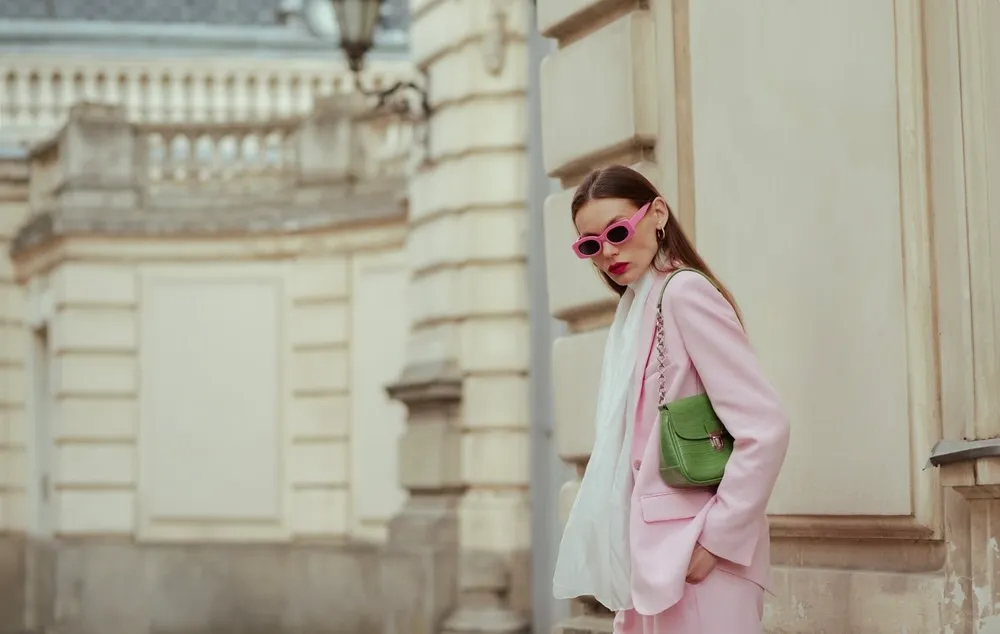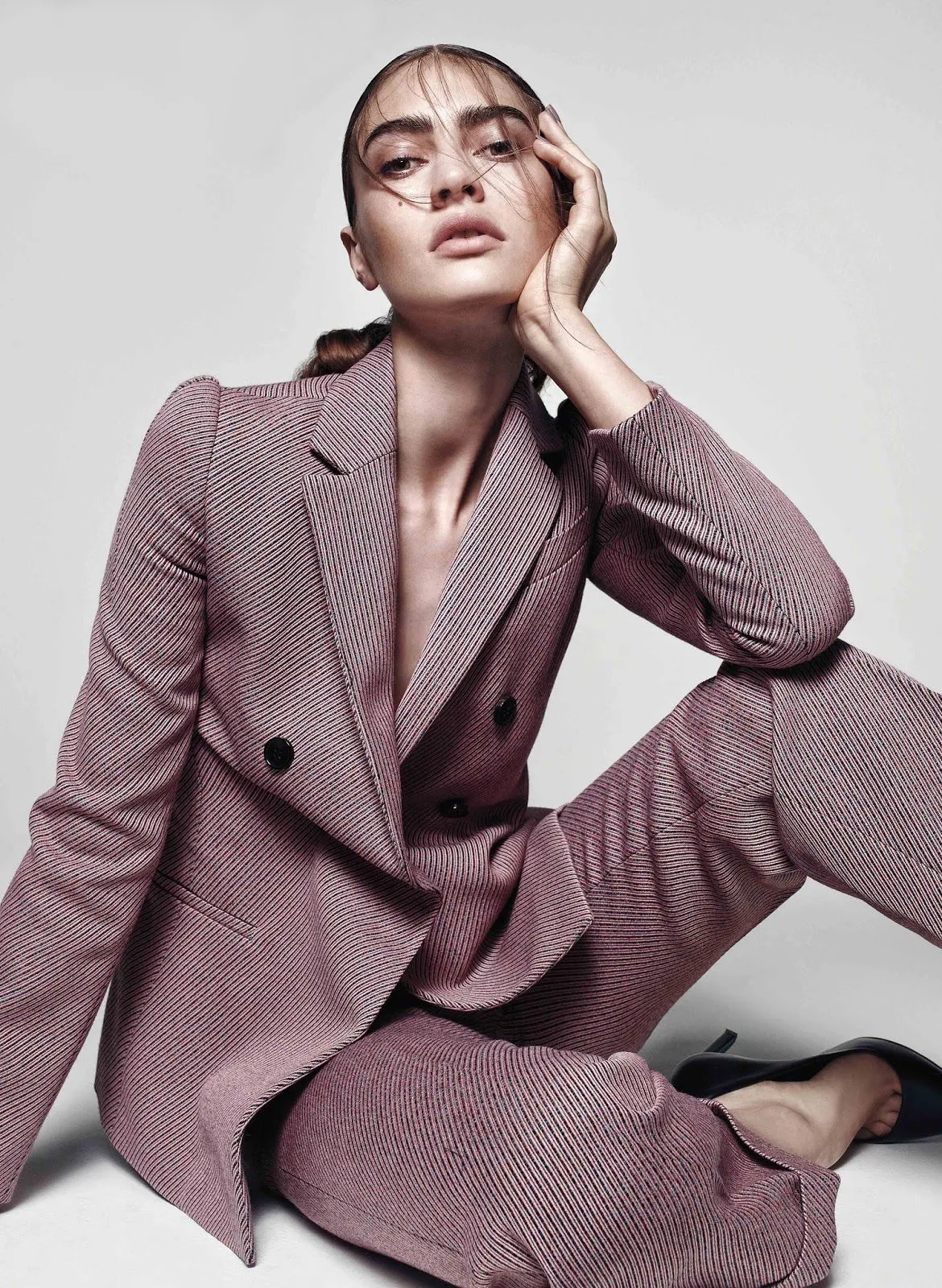
She purchased five identical blouses, three matching trousers, and two pairs of the same shoes. That was it. Her uniform for the week. No more hesitation, no more standing in front of the closet wondering who she needed to be that day. Her colleagues were amused. Some laughed, others whispered. But something about her choice felt strikingly clear. She hadn’t given up on style – she had simply chosen intention over performance. It made me pause. Because it felt deeply familiar. How many of us perform daily in front of the mirror, dressing not just for ourselves but for others’ expectations, for unspoken codes, for borrowed definitions of what power, success, or beauty should look like? Our clothes carry a quiet weight. They move through meetings, through commutes, through doorways we open or are kept from entering. They shape impressions before we speak. But more than that, they shape how we feel in our own skin.
From the outside, a wardrobe can seem superficial. But it is never just about fabric. Clothing tells stories. It reveals what we believe about ourselves and the world. And when we begin to listen closely, we notice how often those stories are inherited, or imposed, rather than chosen. Somewhere along the way, style became a race. Fashion lost its rhythm. And many of us lost our voice in the process. To reclaim that voice does not mean giving up elegance. It means redefining it. Dressing with intention does not ask us to abandon aesthetics. Quite the opposite. It asks us to slow down enough to ask different questions. Who made this? What was sacrificed so it could arrive here? Does this piece reflect my values, or merely distract from them?

In an era defined by excess, choosing less becomes a radical act. But minimalism, in this context, is about clarity. It’s about knowing what belongs and letting go of what doesn’t. There is confidence in repetition. There is grace in a well-worn garment that holds memory rather than novelty. The shift from office to activism is not always visible, but it begins with intention. It begins when we stop dressing to blend in and start dressing in alignment. When we stop asking what impresses, and start asking what matters. For some, that means supporting designers who are reshaping the industry with regenerative materials, ethical production, and fair labour. For others, it means shopping second-hand, mending what we have, sharing what we no longer need. Activism, when woven into what we wear, does not need to shout. It can whisper, it can live in a button sewn back on by hand, in a coat that tells a story of place and process. It can be found in the decision to wear something again, and again – out of reverence. Power dressing, in its truest form, is about alignment. When our outer choices reflect our inner convictions, something shifts. We carry ourselves differently, we meet the world with presence, we give others permission to do the same.
There is a quiet revolution unfolding in wardrobes around the world. Professionals, creatives, caretakers, leaders—people who have grown tired of the dissonance between their values and their closets. They are choosing pieces that last, that mean something, that honour the people who made them. They are redefining what it means to dress well. And this change matters. Because the fashion industry is not just an aesthetic playground. It is one of the largest global employers. It shapes economies, landscapes, and lives. When we treat style as disposable, we treat labour as invisible. When we honour what we wear, we honour who made it.
Dressing with intention is not about being perfect. It is about being awake. It is about recognising that every garment is a choice, and that those choices accumulate. They form a language. They become part of how we move through the world. You do not need to throw everything out and start over. You do not need to wear neutrals or adopt a uniform. You only need to begin paying attention. To what you reach for, and why. To what makes you feel rooted. To what you want your clothes to say before you do.
Because the truth is, you are always making a statement. The question is whether it is one that reflects you, or one you inherited without question. The quiet power of what we wear is not in the labels or the silhouettes. It lives in the intention. In the story we are willing to tell. In the future we are ready to shape—one garment at a time.

